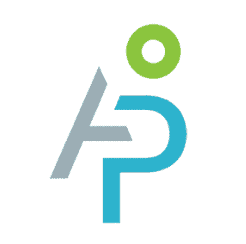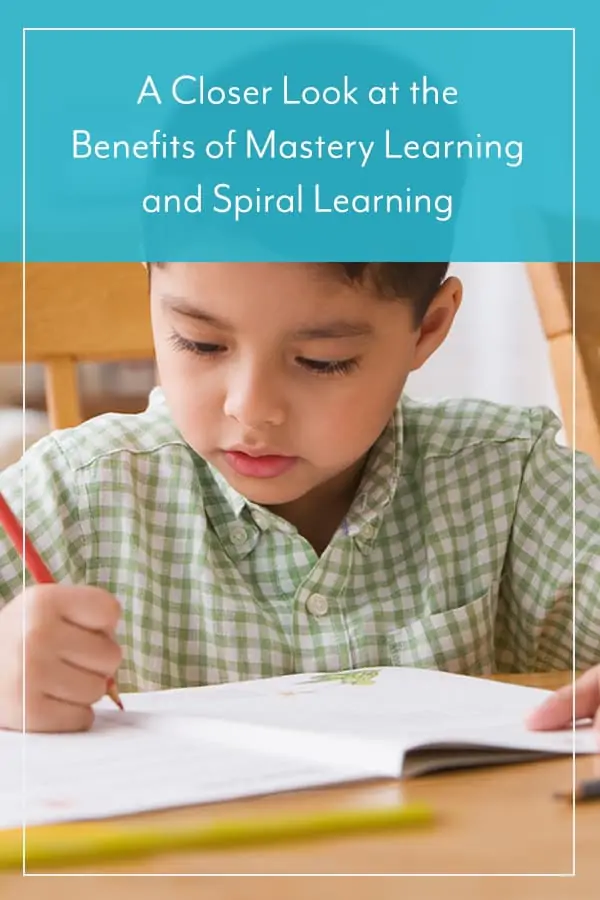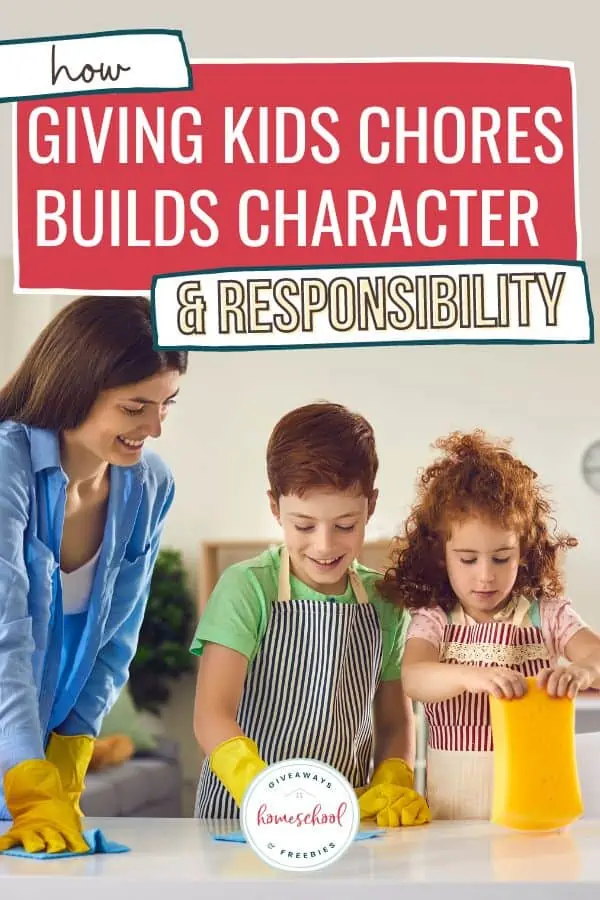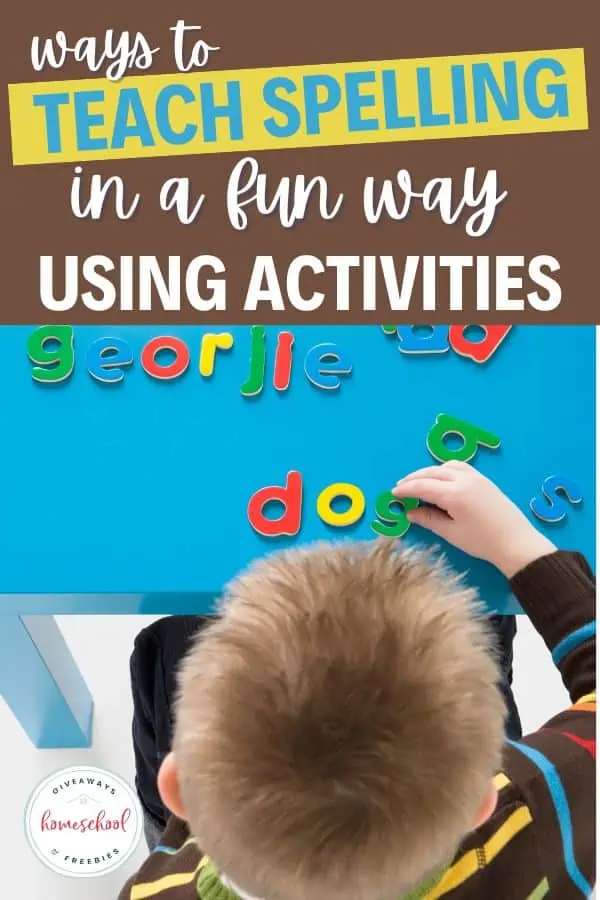A Closer Look at the Benefits of Mastery Learning and Spiral Learning
Published:
December 1, 2021

Contributor:
Alpha Omega Publications
Disclosure: This post may contain affiliate links, meaning if you decide to make a purchase via my links, I may earn a commission at no additional cost to you. See my disclosure for more info.
If you’re deciding on the best homeschool curriculum for your family or trying to choose between AOP’s LIFEPAC and Horizons curriculum, you’ve probably come across the terms mastery learning and spiral learning. If these terms or curriculum lines are completely new to you, then perhaps you should start this journey by looking at two previous articles written by AOP.
Mastery vs. Spiral Learning
3 Key Differences Between Horizons and LIFEPAC
While the natural response is to compare the two and eliminate one learning style as an option, it’s also important to remember that learning styles aren’t a competition. In fact, they both offer many benefits to students. Let’s take a closer look at the benefits of mastery learning and spiral learning.
Mastery Learning Benefits
– Makes education a building process
– Prepares students for lifelong learning
– Can be applied in different ways
– Teaches a growth mindset
– Studies have found the use of mastery learning increased cognitive achievement of students.
– Students retain the things they learn for a longer period of time.
For mastery learning to succeed, there must be an element of perseverance and an adequate amount of time. At the heart of mastery learning is the idea that everyone can conquer a concept, no matter how difficult, if effort and time are allowed.
YouTube is a great equalizer in describing this concept. In the past, many people instantly turned to an electrician or plumber if an issue came up in the home. However, YouTube help videos allow non-professionals to learn how to fix certain issues by learning at their own pace and applying their new knowledge to their current situation. Sure, it might take longer (and perhaps may require significantly more time and effort) than a professional to complete the job, but the end result is still the same. The difference is the homeowner has gained new knowledge that can be applied later in life and now has a higher sense of personal satisfaction that the job is done (and a few more dollars left in the bank account).
Spiral Learning Benefits
– Provides additional review
– Keeps concepts fresh
– Benefits kids who are struggling
– Boosts self-confidence
– Introduces new concepts quickly
– Prevents boredom or frustration
In the late 1800s Hermann Ebbinghaus proposed a concept called the “forgetting curve” to explain the exponential rate at which new knowledge is forgotten. After all, research conducted in 2014 by Brown, Roediger, and McDaniel indicated that as much as 70% of what we read and hear is quickly forgotten, while the remaining 30% is forgotten more slowly. Spiral learning helps to alleviate this massive hemorrhage of new knowledge by continually coming back around to key concepts. This can be especially beneficial in the subjects of math, reading, and language arts, where there is seemingly constant introduction of new material.
However, it must be acknowledged that spiral learning can be challenging. Less time or problems are given to understand a new concept, and spiral learners need to work harder to recall information. In the end though, the results are worth the effort students and teachers need to make.








